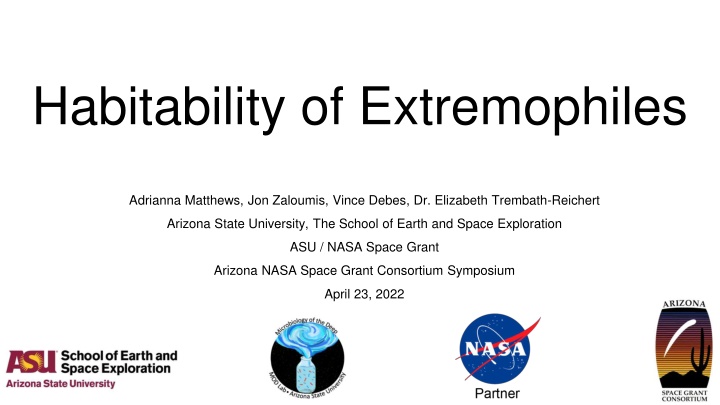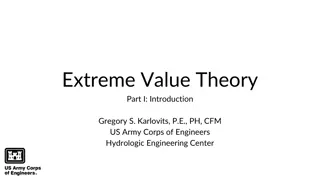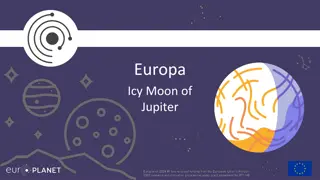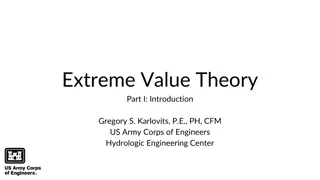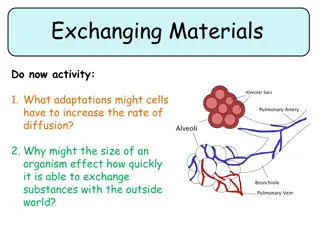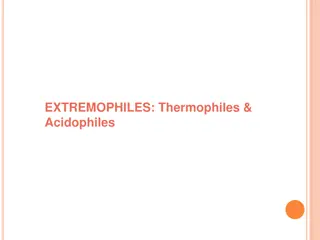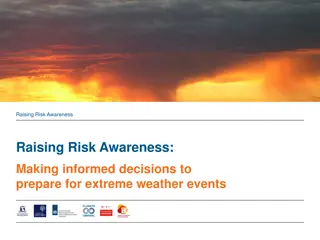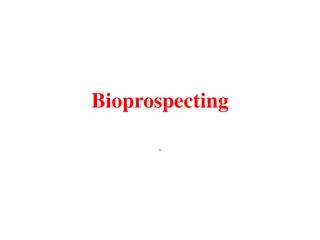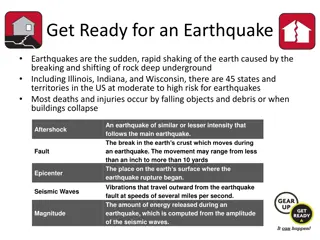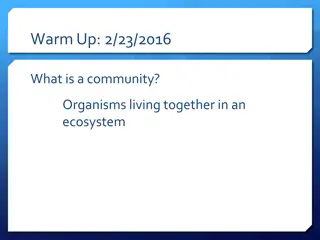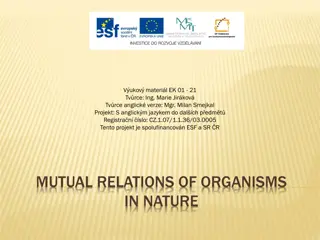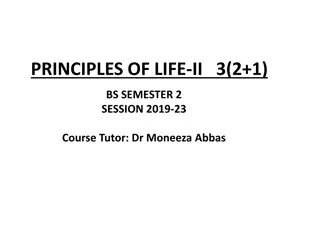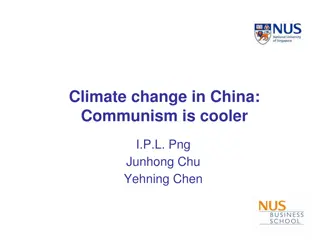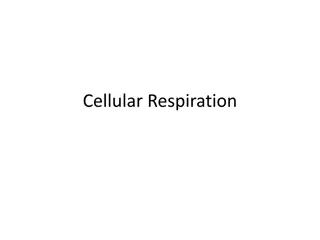Habitability of Extremophiles: Organisms in Extreme Conditions
Extremophiles are organisms that thrive in extreme environments, such as hyperthermophiles, psychrophiles, extreme halophiles, and more. They exhibit diverse metabolisms, including heterotrophs and autotrophs. This study delves into the growth limits and distribution of various extremophiles across temperature, salinity, pressure, and pH ranges.
Download Presentation

Please find below an Image/Link to download the presentation.
The content on the website is provided AS IS for your information and personal use only. It may not be sold, licensed, or shared on other websites without obtaining consent from the author.If you encounter any issues during the download, it is possible that the publisher has removed the file from their server.
You are allowed to download the files provided on this website for personal or commercial use, subject to the condition that they are used lawfully. All files are the property of their respective owners.
The content on the website is provided AS IS for your information and personal use only. It may not be sold, licensed, or shared on other websites without obtaining consent from the author.
E N D
Presentation Transcript
Habitability of Extremophiles Adrianna Matthews, Jon Zaloumis, Vince Debes, Dr. Elizabeth Trembath-Reichert Arizona State University, The School of Earth and Space Exploration ASU / NASA Space Grant Arizona NASA Space Grant Consortium Symposium April 23, 2022
What are Extremophiles? Organisms that live in extreme conditions, including: Hyperthermophiles, > 80 C Psychrophiles, < 20 C Extreme Halophiles, > 14.6% salinity Non Halophiles, < 1.2% salinity Hyperpiezophiles, > 50 MPa Hypopiezotolerants, < 0.1 MPa Hyperacidophiles, < pH 3 Hyperalkaliphiles, > pH 11 Polyextremophiles grow in multiple extreme conditions.
Metabolism Heterotrophs obtain nutrition from other organisms, using organic material. Autotrophs obtain nutrition from inorganic molecules. Photoautotrophs use energy from light. Chemoautotrophs use energy from inorganic chemical reactions. Methanogens obtain nutrients from methanogenesis, the generation of methane.
96 extremophiles, all groups included. Known limits of growth: Temperature: -20 122 C Salinity: 0 35% NaCl Pressure: 0.0007 140 MPa pH: -0.06 12.5 pH 69 Heterotrophs 42 Autotrophs/Methanogens
8 Hyperthermophiles 10 Psychrophiles 10 Extreme Halophiles 10 Non-Halophiles 9 Hyperpiezophiles 6 Hypopiezotolerants 7 Hyperacidophiles 9 Hyperalkaliphiles
9 Hyperthermophiles 6 Psychrophiles 3 Extreme Halophiles 10 Non-Halophiles 1 Hyperpiezophiles 5 Hypopiezotolerants 6 Hyperacidophiles 2 Hyperalkaliphiles
Acknowledgements I would like to thank the following people for their support and help throughout my time as an ASU / NASA Space Grant Intern: Grayson Boyer MOD Lab colleagues GEOPIG Lab colleagues ASU / NASA Space Grant Dr. Elizabeth Trembath-Reichert (mentor) Dr. Everett Shock (mentor) Jon Zaloumis Vince Debes
